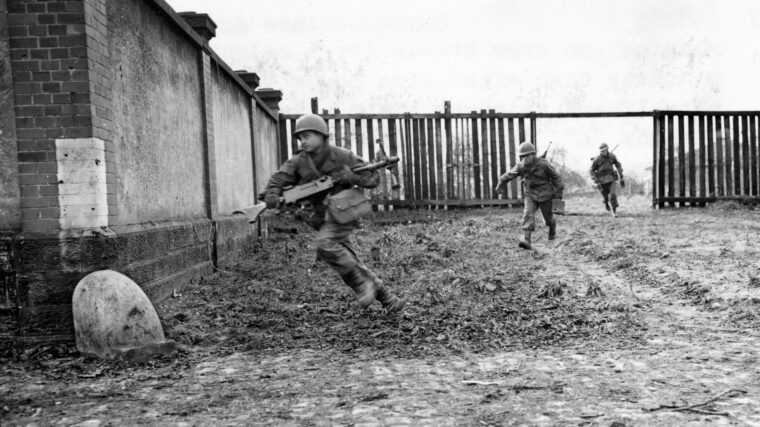
D-Day
The Path of Heroism
By Stephen J. Ochs, PHDOn the morning of April 18, 1945, amid street fighting in rubble-strewn Nuremberg, Germany, 20-year-old U.S. Read more
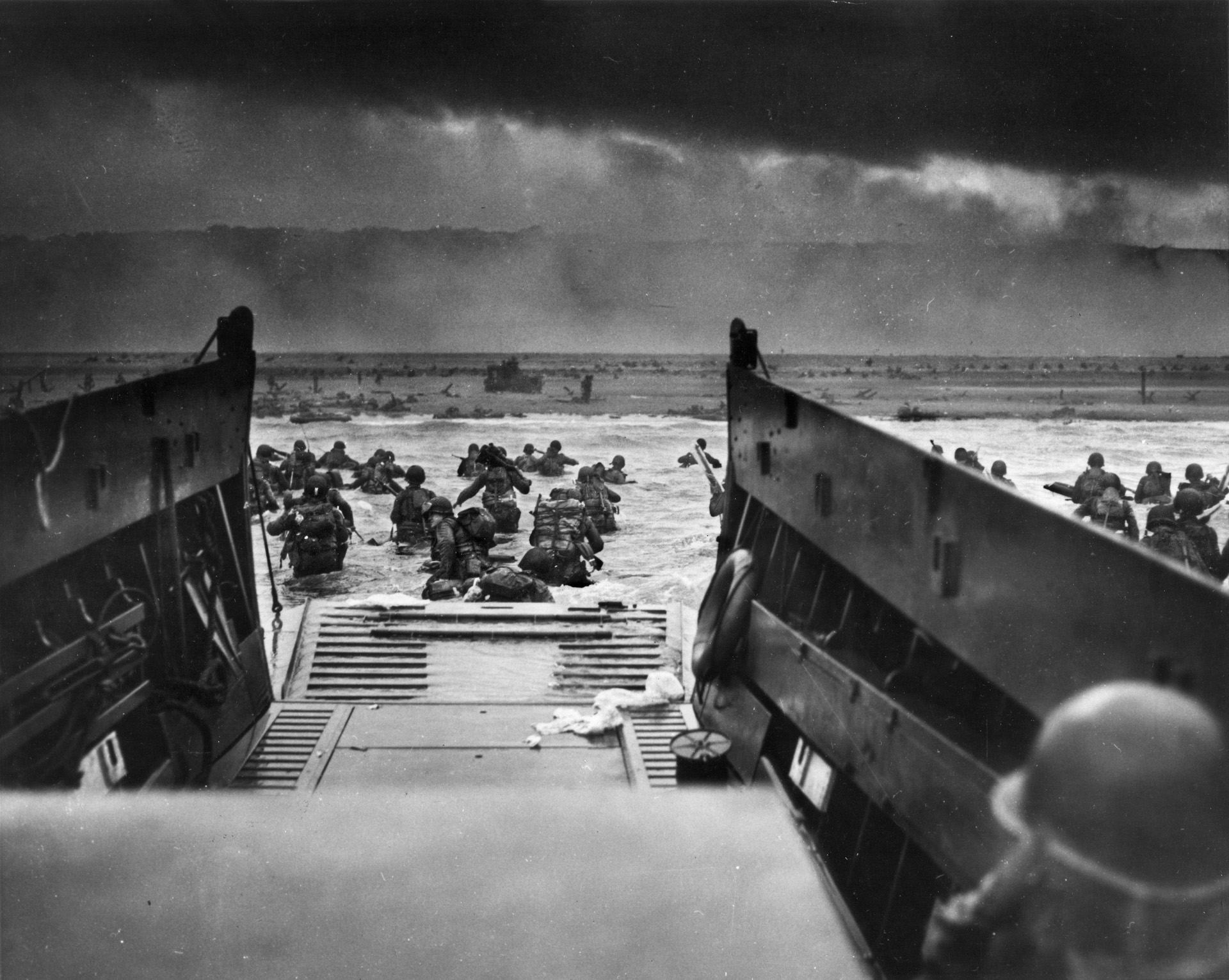
Code named Operation Overlord, the D-Day Invasion occurred on June 6, 1944, as elements of five Allied infantry and three Allied airborne divisions assaulted the Normandy coast of Nazi-occupied France during World War II. Under the overall command of General Dwight D. Eisenhower, the landings on Gold, Juno, Sword, Utah, and Omaha beaches succeeded in establishing a foothold on the continent. Following an arduous campaign in Normandy and savage fighting across the German frontier, troops of the Western Allies met the Soviet Red Army, advancing from the East, and Nazi Germany surrendered on May 7, 1945.

D-Day
On the morning of April 18, 1945, amid street fighting in rubble-strewn Nuremberg, Germany, 20-year-old U.S. Read more
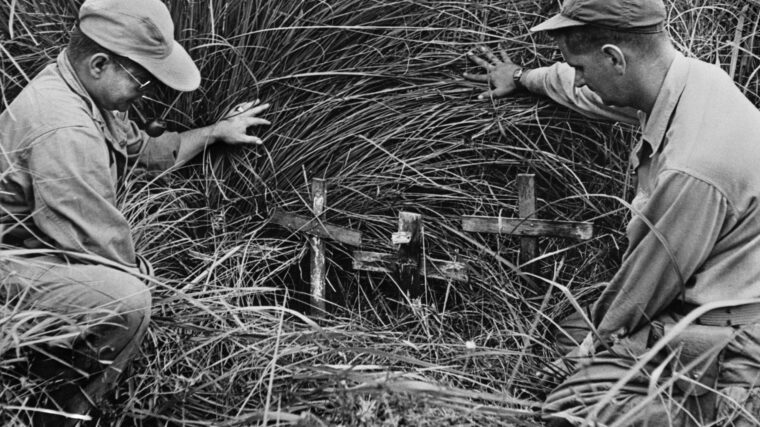
D-Day
The very nature of war means that some participants will be killed and others will be wounded, and some estimate the deaths in WWII to be around 85 million. Read more
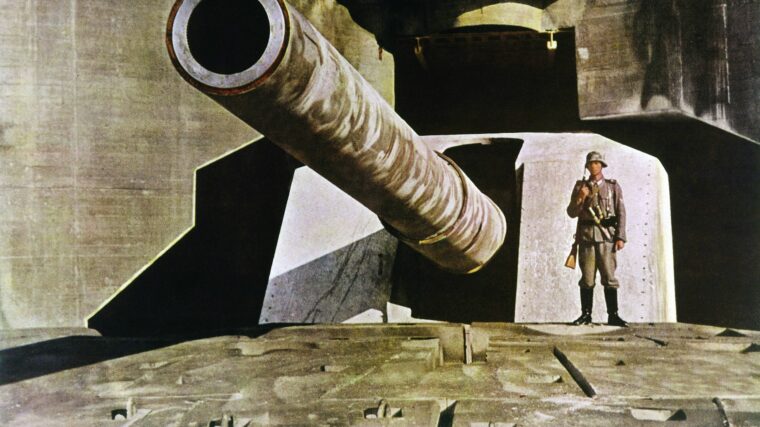
D-Day
The popular image of Hitler’s Atlantic Wall (Atlantikwall) is one of massive bunkers and huge artillery pieces recessed in concrete casemates stretching the length of the Reich’s coastline. Read more
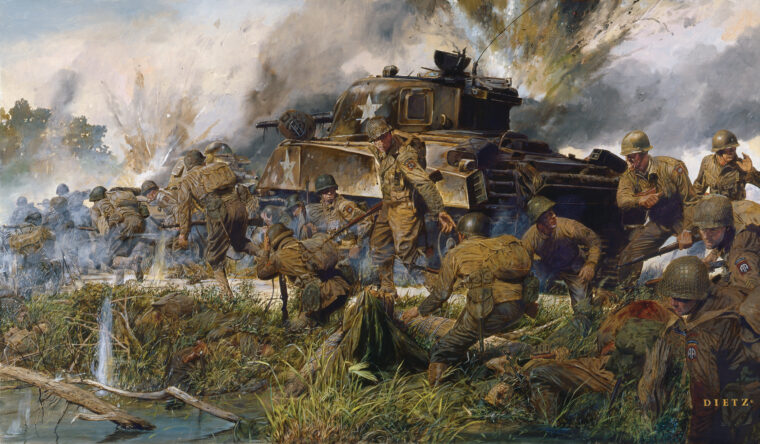
D-Day
The night of June 5, 1944, and the morning of June 6 were without a doubt some of the most pivotal hours in the history of the 20th century. Read more
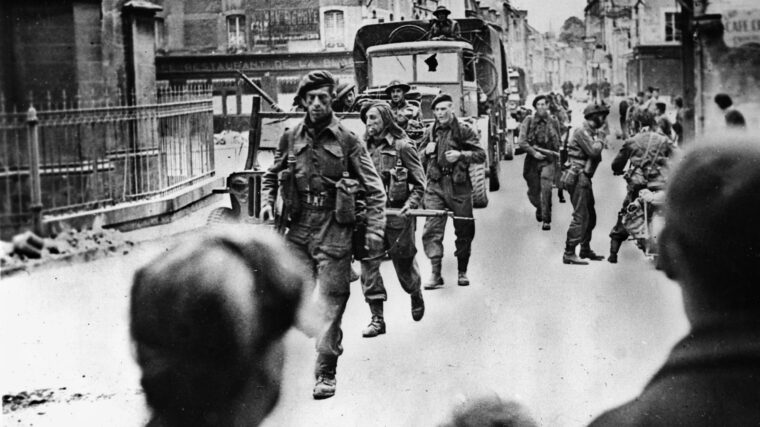
D-Day
“The big day came and we moved off to our positions. Shortly a huge bombing raid commenced on the town of Wesel, followed by an artillery barrage which virtually shook the very ground under us. Read more
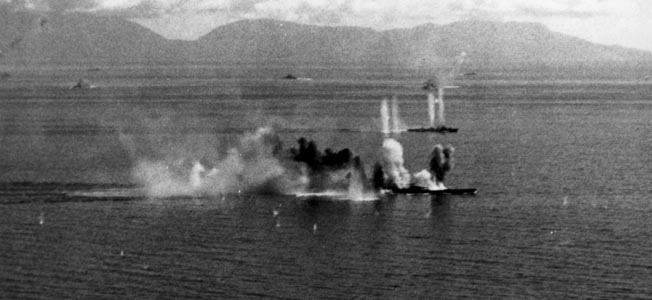
D-Day
The Japanese superbattleship Musashi was steaming east along with a fleet of other battleships, cruisers, and destroyers on their way toward what was expected to be a climactic battle at Leyte Gulf. Read more

D-Day
The American Infantry’s illustrious history, which is older than that of the country, comes alive in an impressive, $100,000,000, 190,000-square-foot museum located just outside Fort Benning, Georgia. Read more
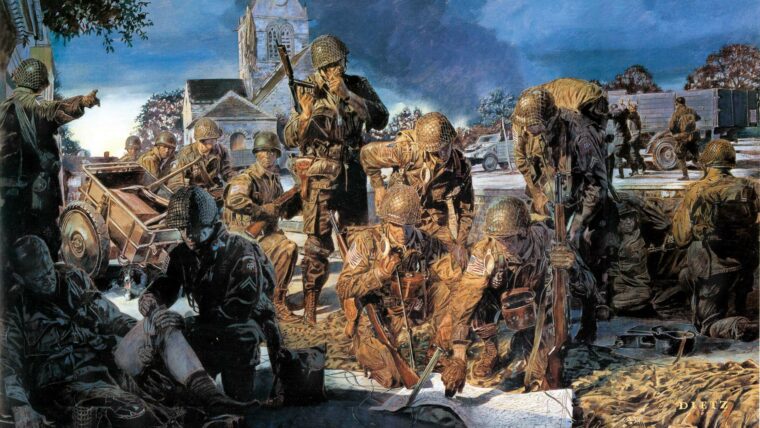
D-Day
The night of June 5, 1944, was pretty much like every other night in Sainte-Mère-Église since the Germans had occupied Normandy and the Cotentin Peninsula in the summer of 1940: dark, quiet, chilly, and mostly boring. Read more
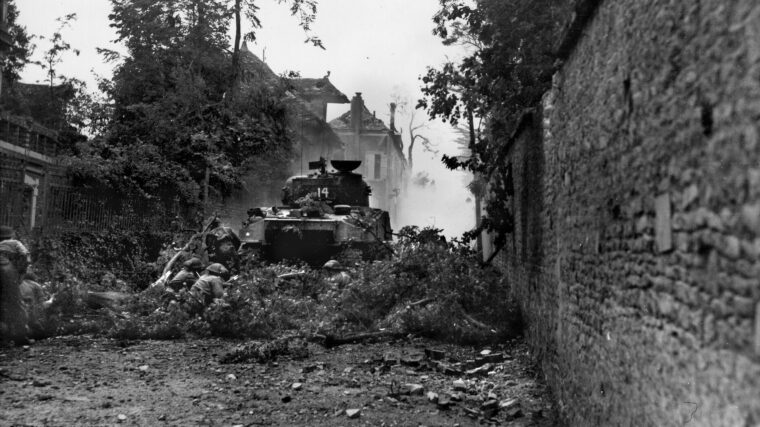
D-Day
On June 7, 1944, D+1, two volunteer Canadian 3rd Division, 9th Infantry Brigade regiments, the North Nova Scotia Highlanders (the North Novas) and the 27th Canadian Armoured Regiment (the Sherbrooke Fusiliers)—together with volunteer units from the Camerons of Ottawa and Forward Observers from the 14th Field Regiment—fought an important but now generally forgotten battle in Normandy. Read more
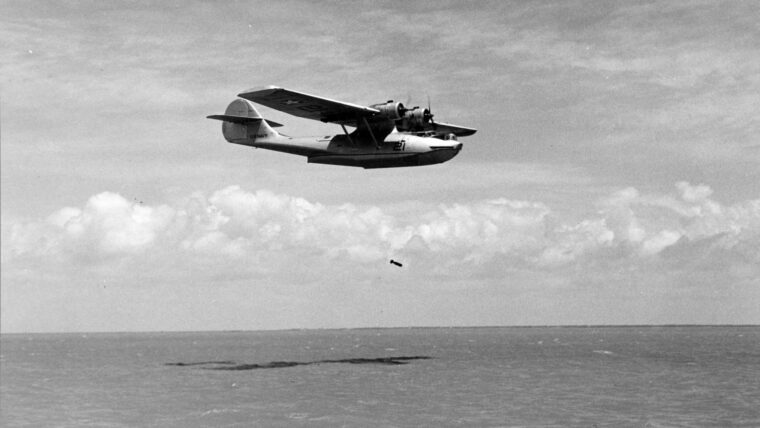
D-Day
“Am over enemy submarine in position …”
Cut off in mid-transmission, this contact report came from a U.S. Read more
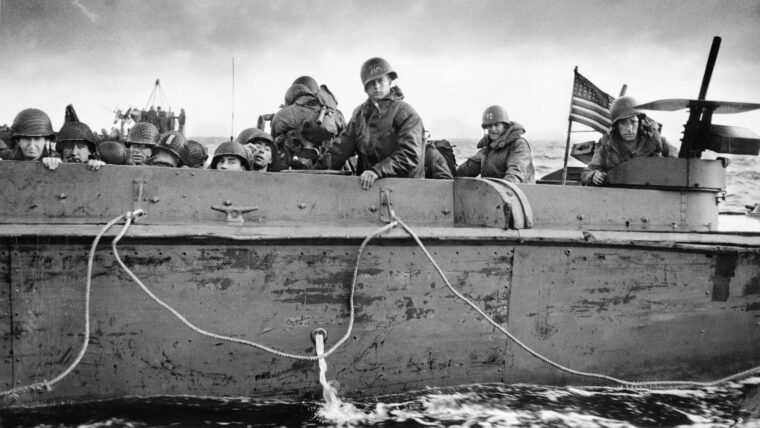
D-Day
The Landing Craft Mechanized (LCM) carrying Army engineers and Navy beachmasters hit a mine on its way into Omaha Beach. Read more
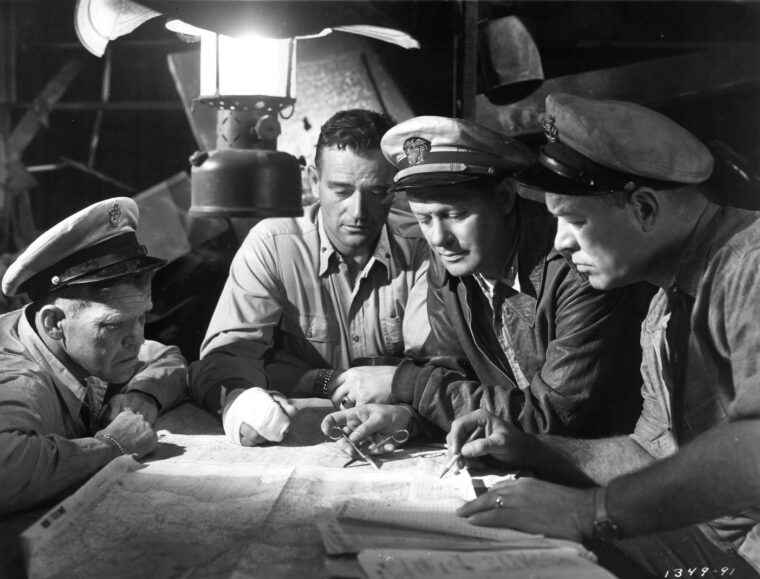
D-Day
With such award-winning films as Stagecoach, Young Mr. Lincoln, Drums Along the Mohawk, The Grapes of Wrath, The Long Voyage Home, and How Green Was My Valley behind him, John Ford was one of Hollywood’s most respected directors by the time World War II broke out in 1939. Read more
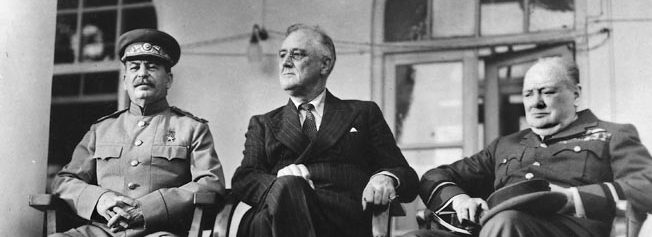
D-Day
World War II made a disparate trio of allies —British Prime Minister Winston Churchill, Soviet Marshal Joseph Stalin, and American President Franklin D. Read more
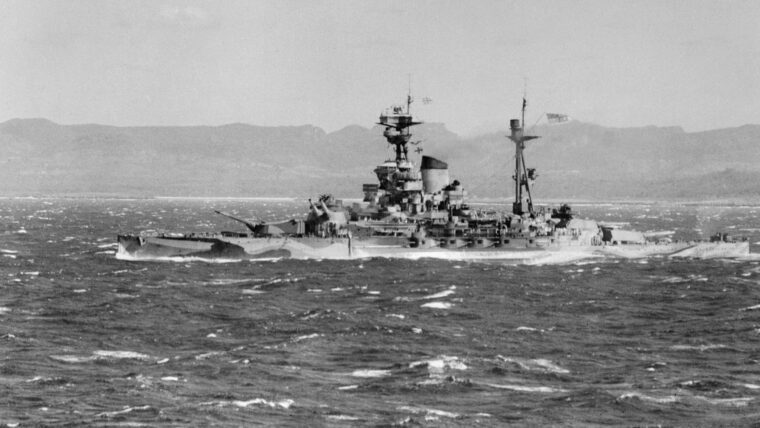
D-Day
In early 1942 things could have hardly looked bleaker for the Allies. In Europe, Hitler’s war machine had steamrolled across the entire continent and was now battling before the gates of Moscow. Read more
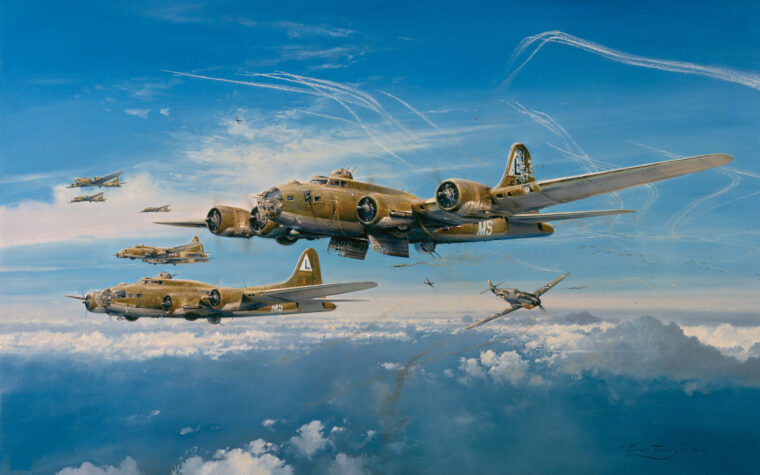
D-Day
For 33 months beginning in 1942, the U.S. Eighth Air Force and its precision daylight bombing strikes against German targets in Europe tried to pound the Third Reich into submission. Read more
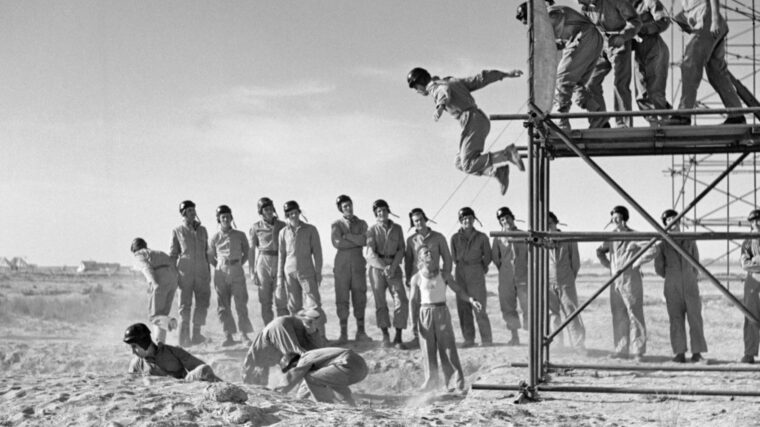
D-Day
After the British Expeditionary Force’s (BEF) debacle at Dunkirk in northern France in May 1940, the new prime minister, Winston Churchill, needed a novel type of fighting force to strike back at Nazi Europe. Read more
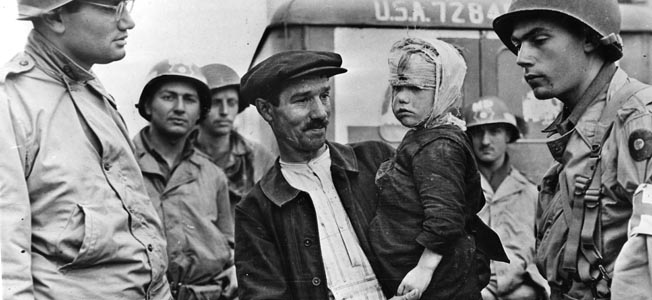
D-Day
War spared no one. As modern armies clashed in France’s Normandy countryside, French civilians found themselves in the crossfire or on the receiving end of bombs and heavy weapons. Read more
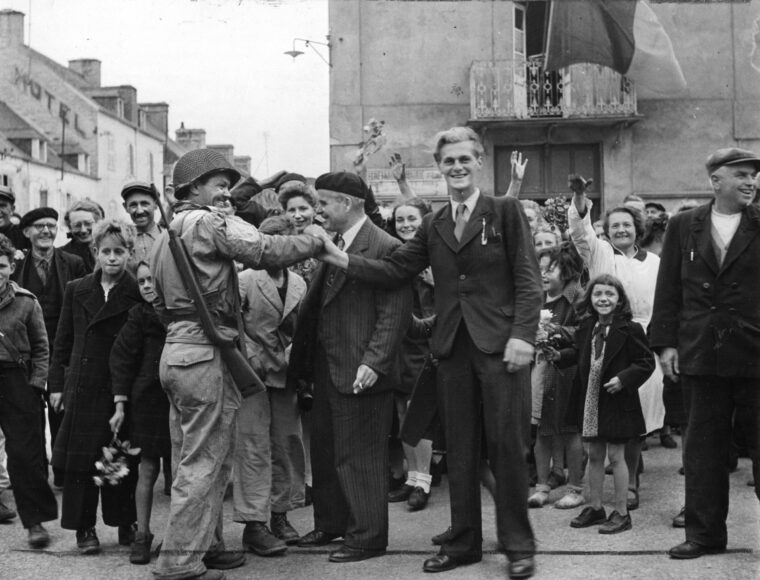
D-Day
The Germans were gone. After more than four years of occupation, the soldiers of the Wehrmacht had been evicted from France’s Normandy region by the American and British armies. Read more
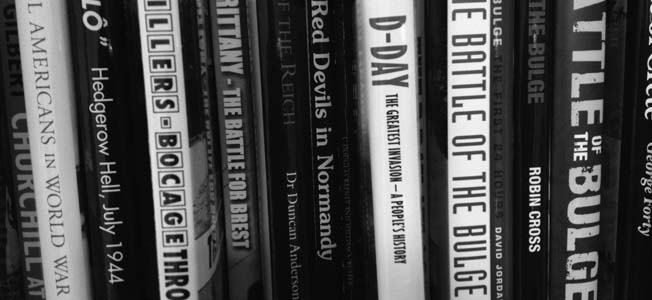
D-Day
American General George S. Patton, Jr., and German Field Marshal Erwin Rommel both demonstrated the masterful employment of armored forces in many World War II military campaigns. Read more
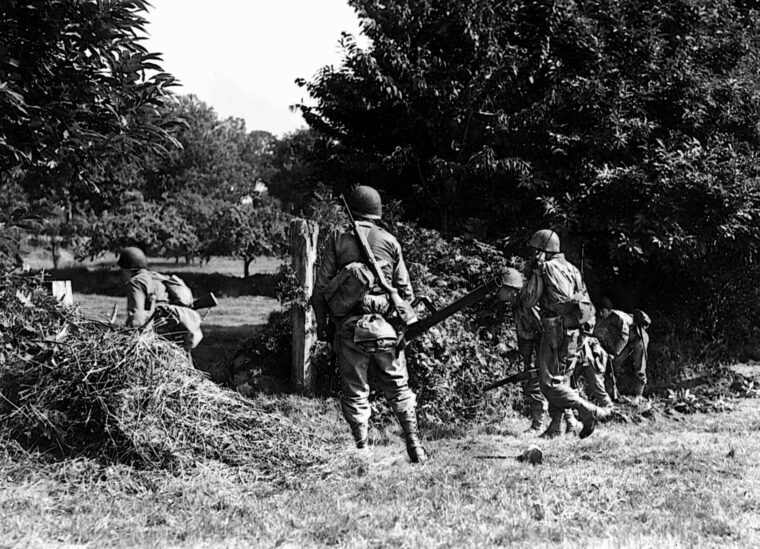
D-Day
By Steve Ossad
A few months after the Normandy campaign and with other fronts competing for the American public’s attention, Lt. Read more